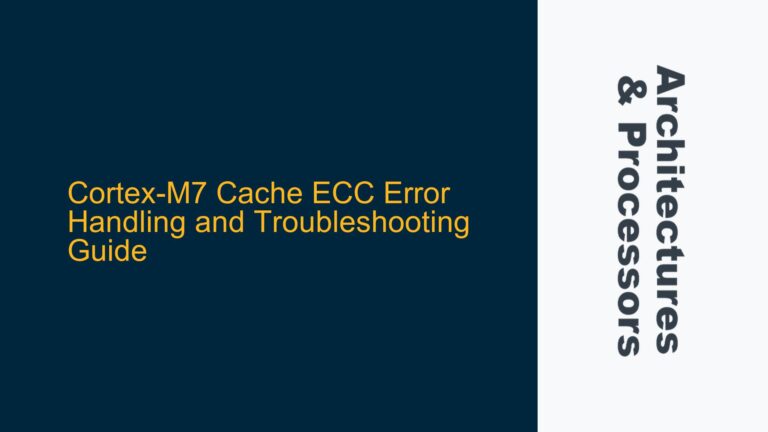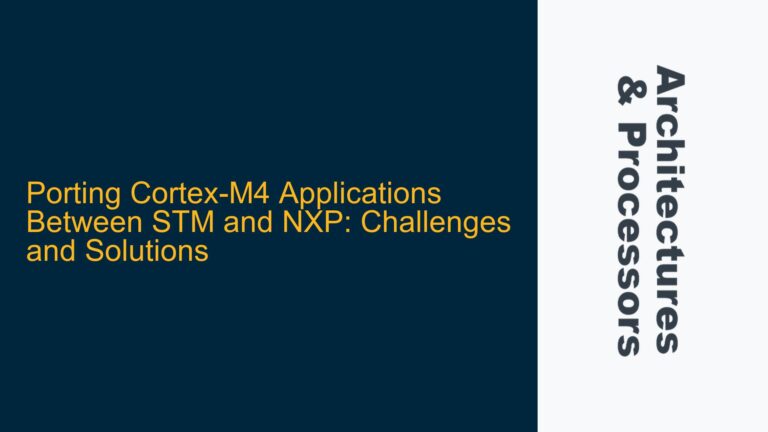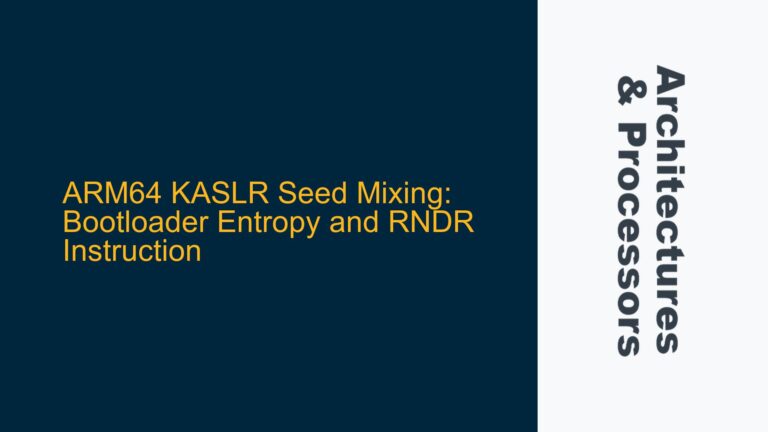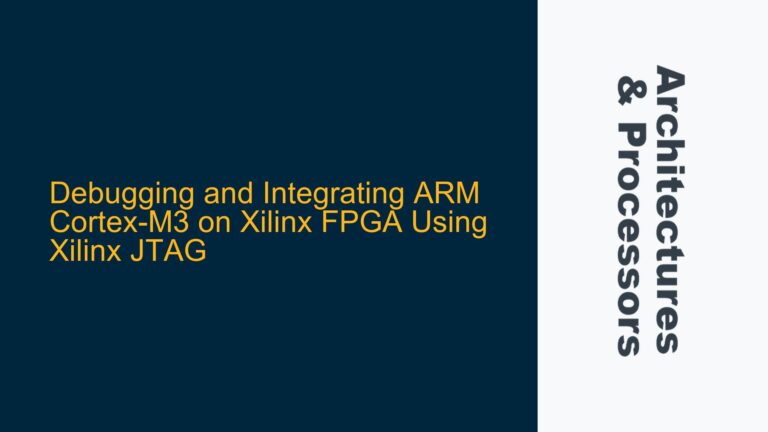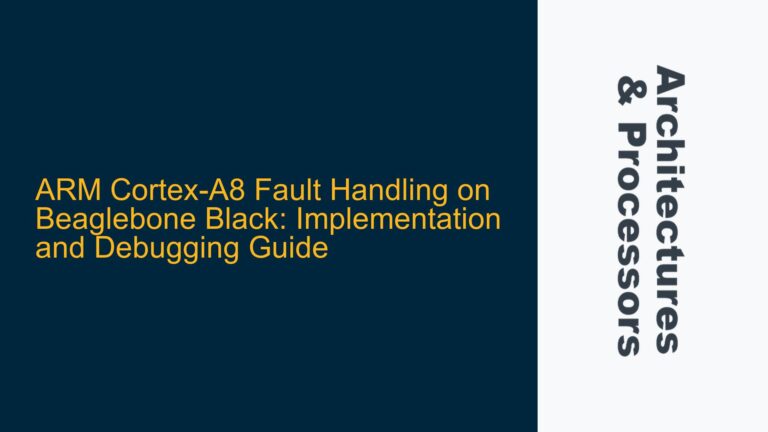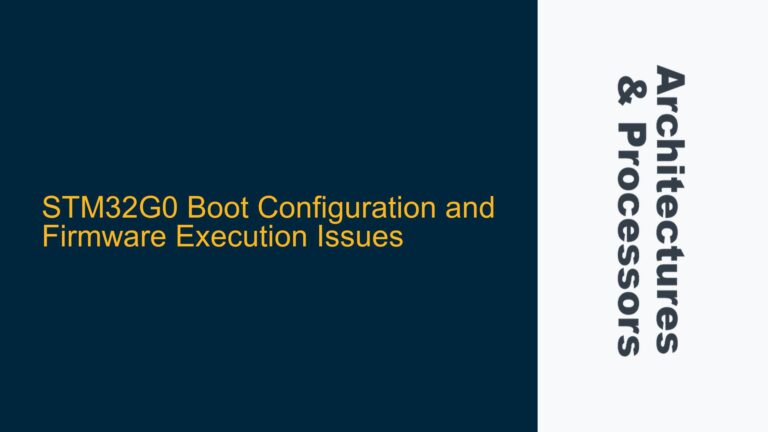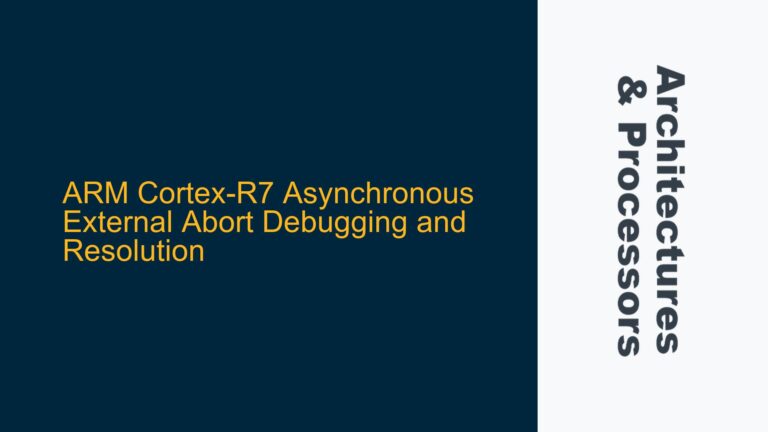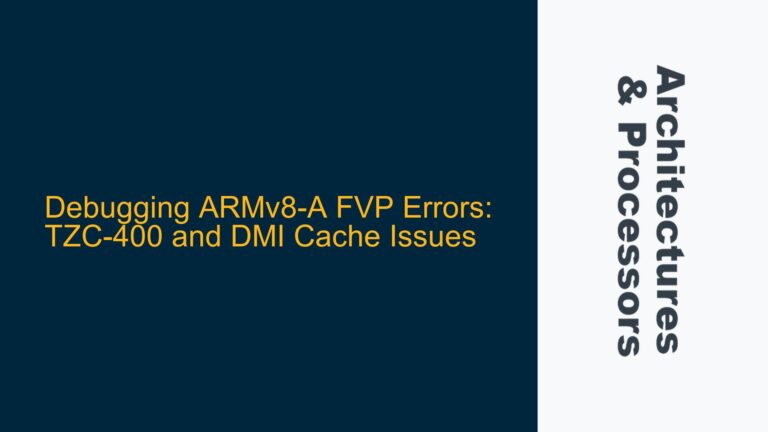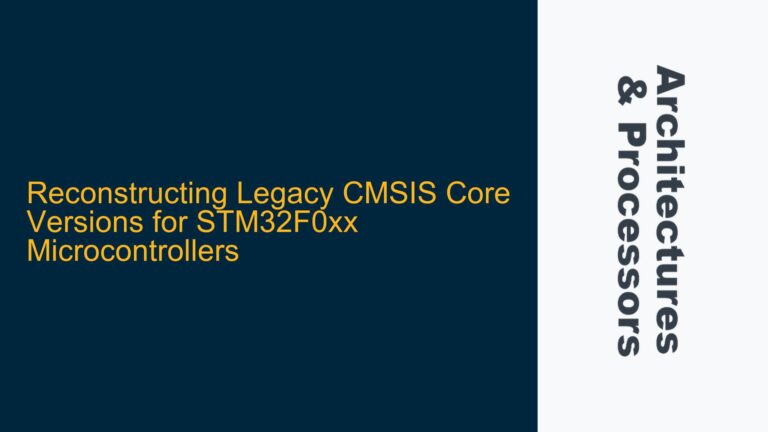Cortex-M7 Cache ECC Error Handling and Troubleshooting Guide
Cortex-M7 Cache ECC Error Reporting and Behavior The Cortex-M7 processor, as implemented in devices like the STM32H7, incorporates Error Correction Code (ECC) mechanisms for both the instruction and data caches. ECC is a critical feature for ensuring data integrity, particularly in safety-critical or high-reliability applications. However, the behavior and reporting of ECC errors in the…
